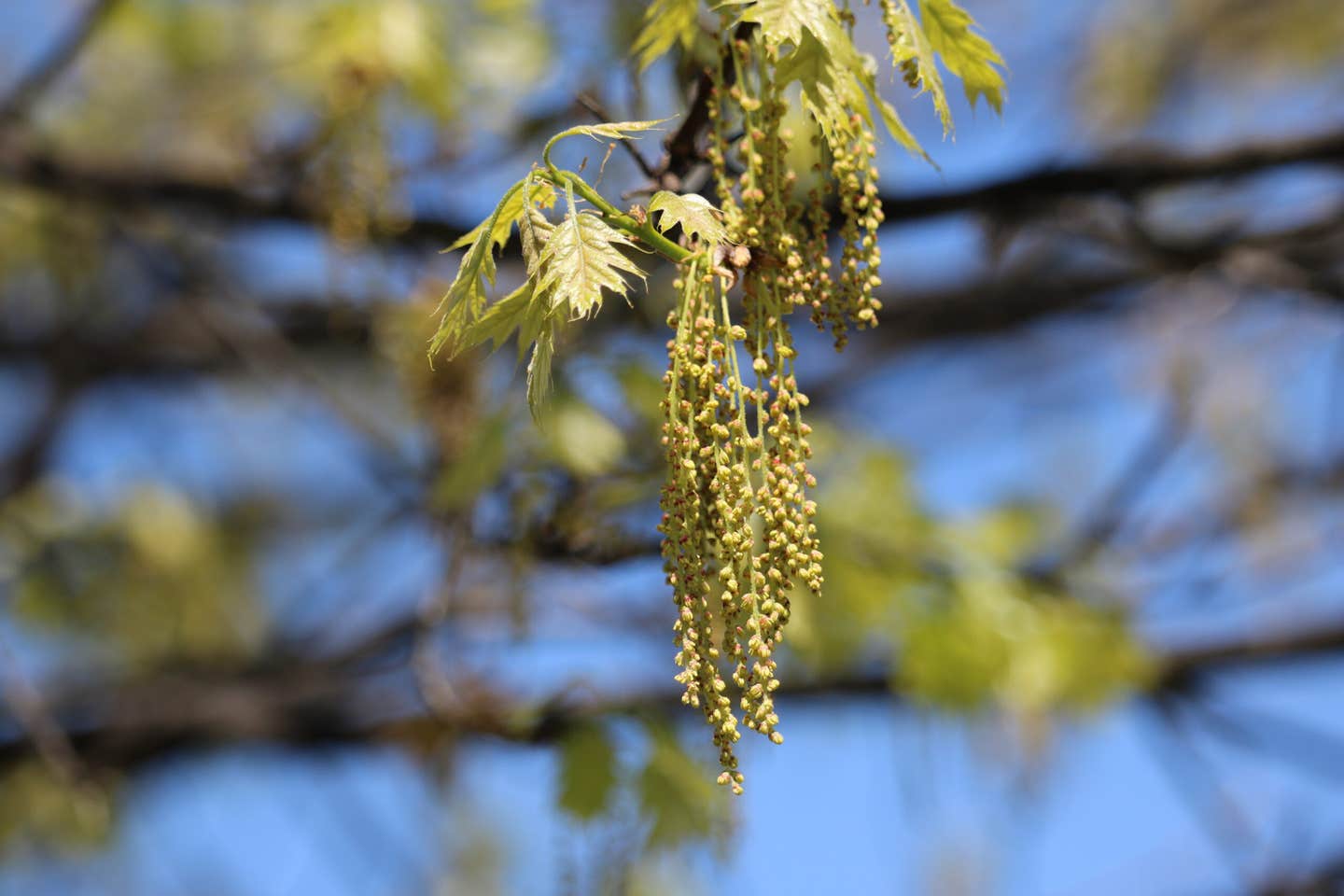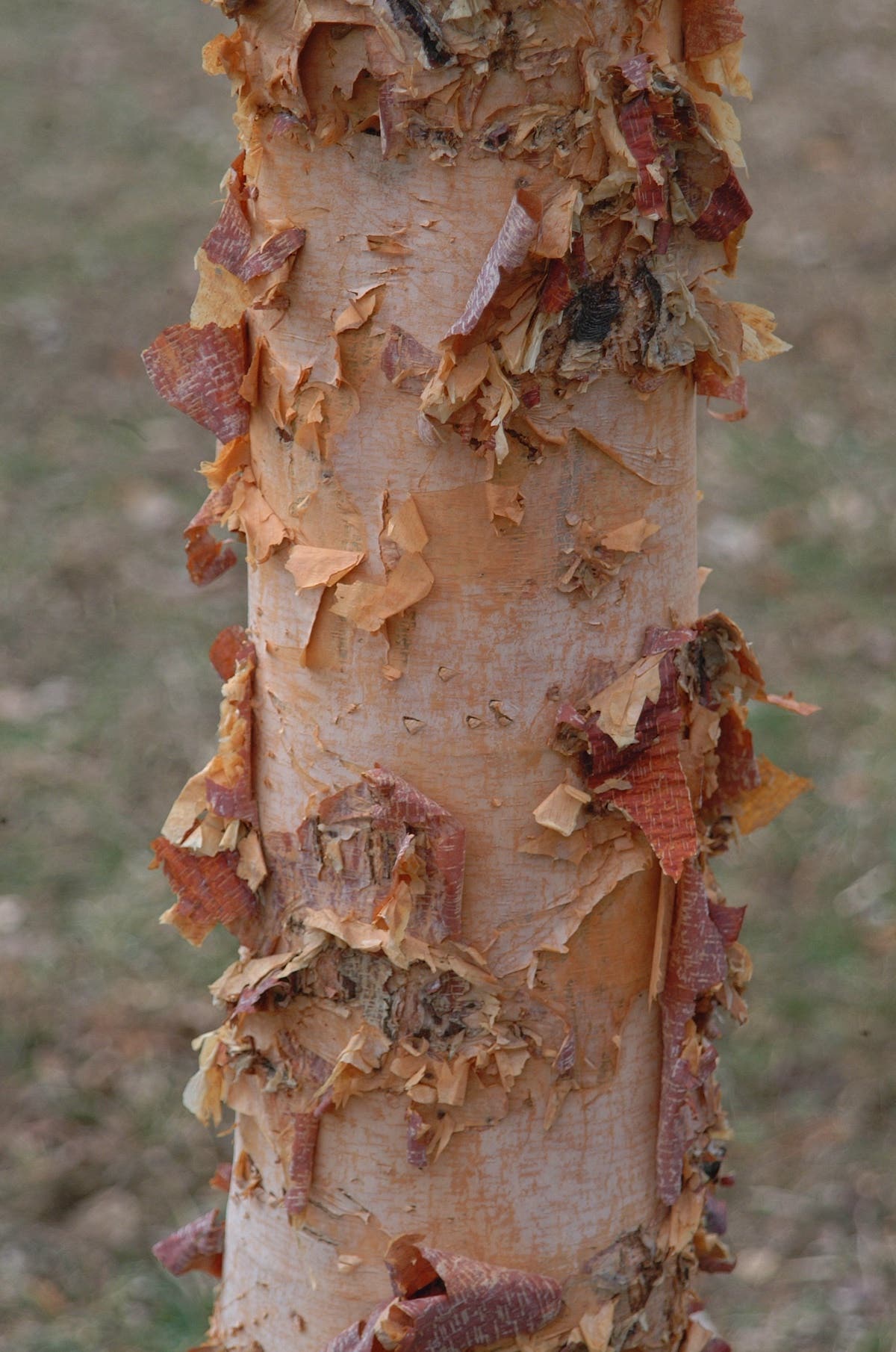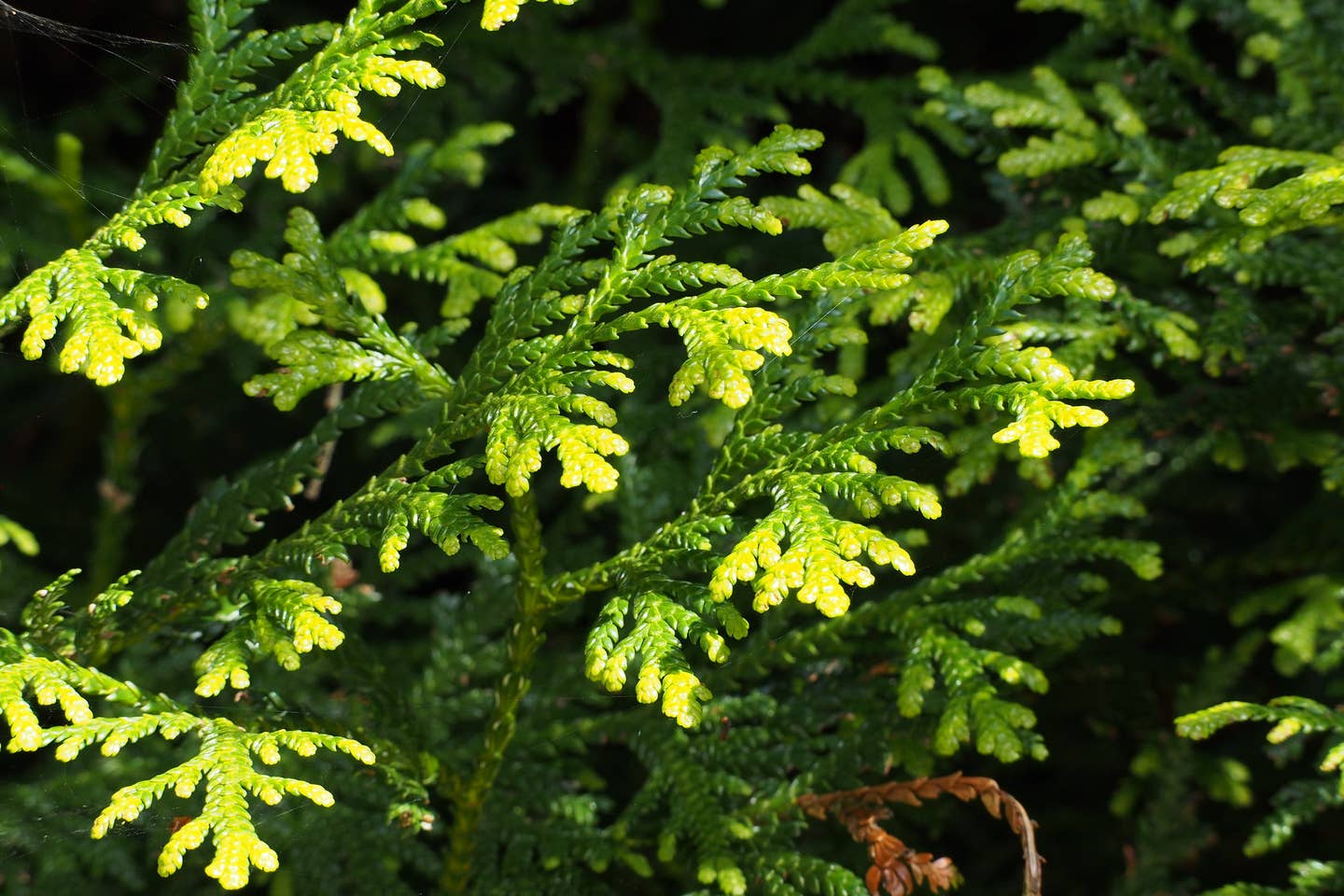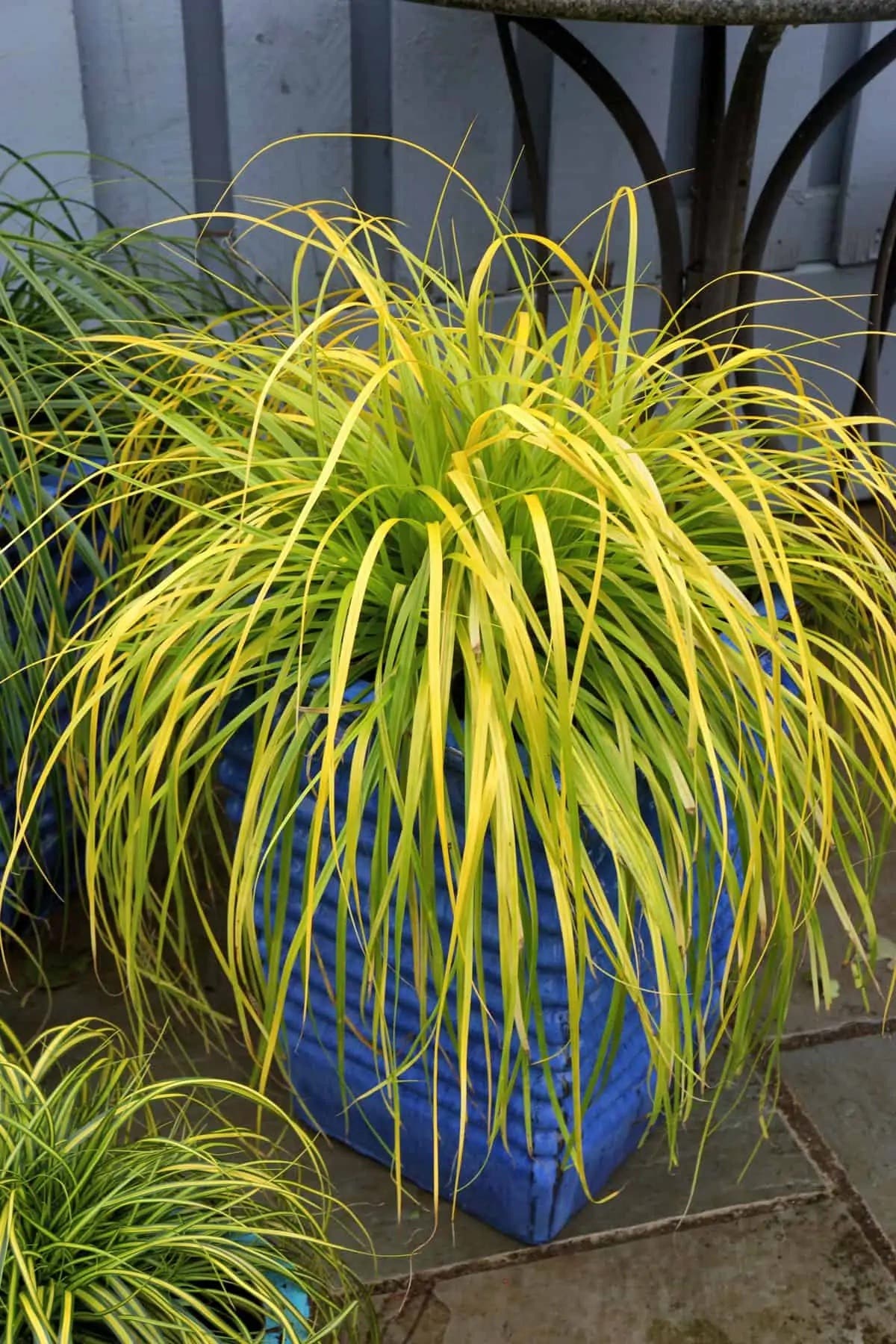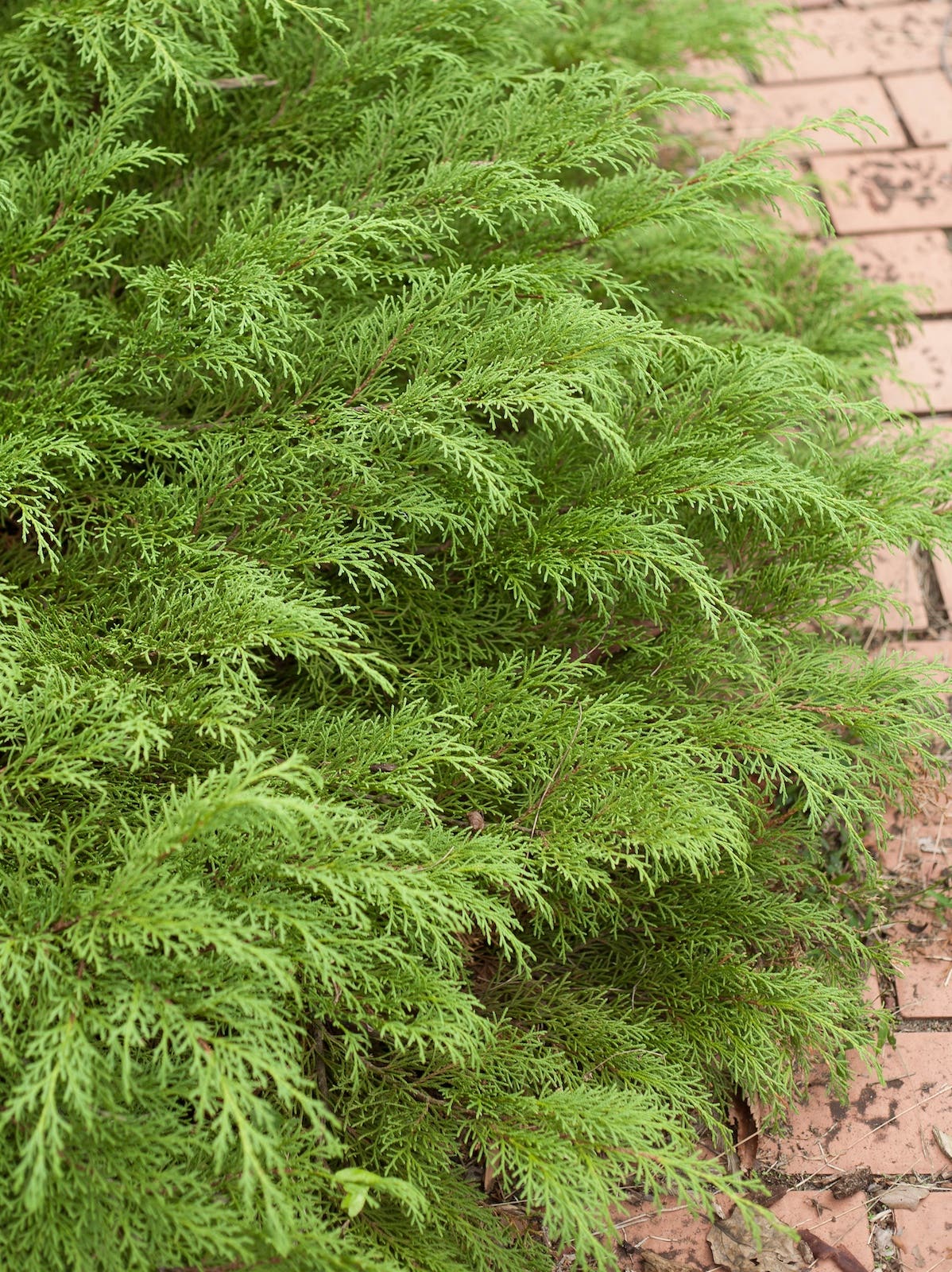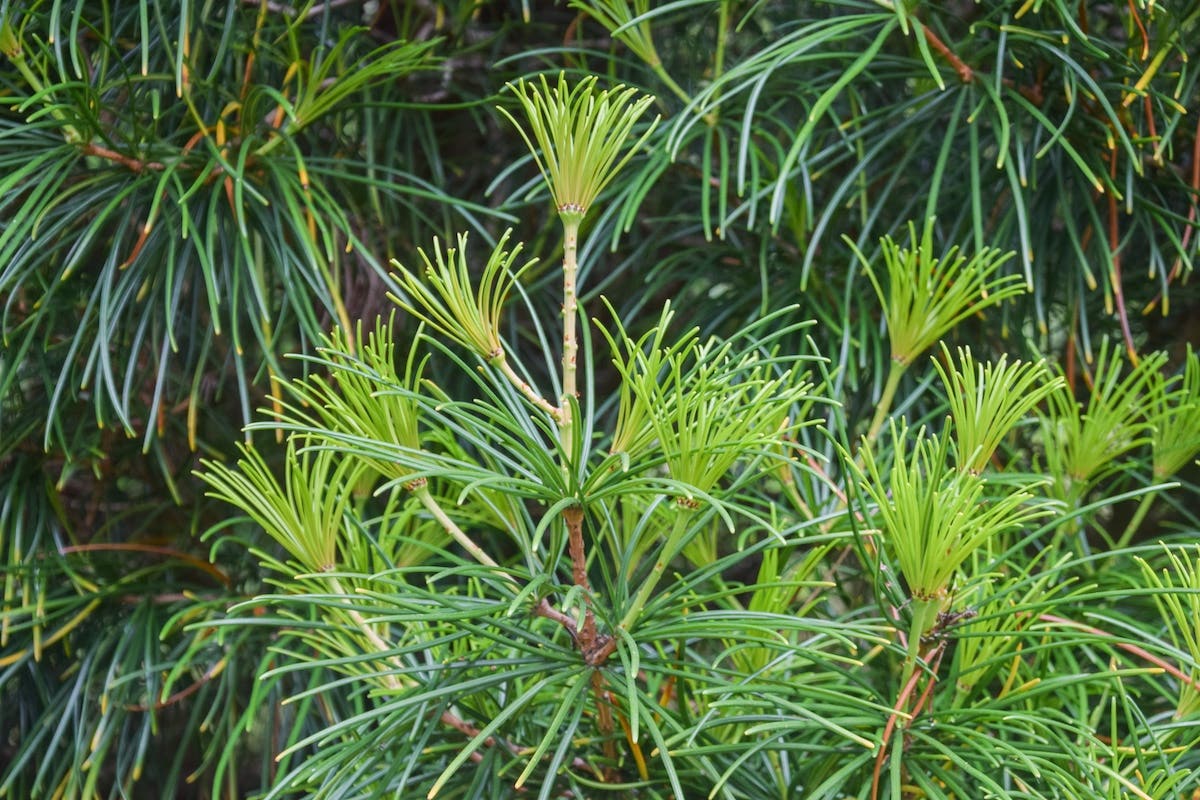Raspberry Lemonade: a Colorful, Compact Ninebark for Small Garden Spaces
Pretty even after the flowers fade!
Ninebark is a North American native shrub with four-season appeal. Raspberry Lemonade, a new ninebark cultivar, offers all the appeal of the species but in a smaller package and with a novel lemon-lime leaf color that lasts through the growing season. This shrub offers a nice alternative to barberry (Berberis thunbergii).
Common name: Raspberry Lemonade ninebark
Botanical name: Physocarpus opulifolius ‘ZLEYel2’
Exposure: Full sun
Flowers: Rounded clusters of white flowers appear in spring. They resemble spiraea flowers. Bright reddish pink fruits follow the flowers in summer.
Foliage: The maple-like foliage emerges in spring with a bright lemon-lime green color. The color shifts to a deeper (but still bright) chartreuse for the summer. The leaves are closely spaced along the stems, creating a dense shrub. Deciduous.
Habit: This is a deciduous shrub that matures to about four feet tall and wide, with a mounding shape. The stems' exfoliating bark adds winter interest.
Origin: The species Physocarpus opulifolius is native to stream banks, hillsides and forest edges throughout the Mid-Atlantic, Midwest and Upper South regions of the United States. It has naturalized in the Northeast. Raspberry Lemonade is a cultivar bred by David Zlesak and introduced to the market by Plants Nouveau in 2023.
How to grow it: Site Raspberry Lemonade ninebark in full sun for the best foliage color, although it will tolerate part sun. Provide regular water during its first year in the garden. Once established, this shrub can withstand some drought. Because this is a compact cultivar, pruning may not be necessary. If you want to prune it, do so just after it blooms, because this shrub sets its flower buds on the current year's growth in summer. They will open the following spring. A late-winter or early spring pruning would remove the buds. USDA Zones 3–7.
Images courtesy of Plants Nouveau


